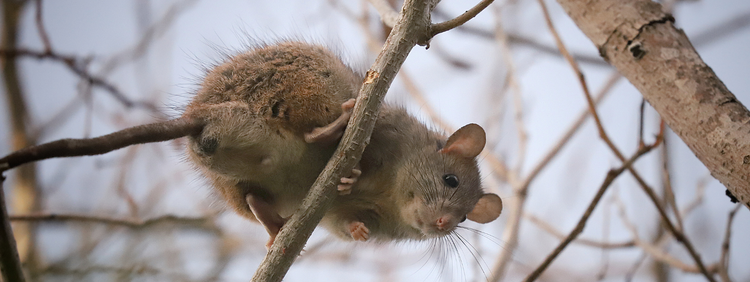 To protect your home against rat infestations, you need to hire rat pest control in Cambridge. Like other rodents, rats reproduce quickly and can cause significant property damage. Also, the animal can transmit various diseases to your family or pets.
While it is important to remove or eliminate infestations, it is also crucial to identify the specific species of rat. For example, roof rats are larger and may be more problematic than other rat species.
To protect your home against rat infestations, you need to hire rat pest control in Cambridge. Like other rodents, rats reproduce quickly and can cause significant property damage. Also, the animal can transmit various diseases to your family or pets.
While it is important to remove or eliminate infestations, it is also crucial to identify the specific species of rat. For example, roof rats are larger and may be more problematic than other rat species.
 To protect your home against rat infestations, you need to hire rat pest control in Cambridge. Like other rodents, rats reproduce quickly and can cause significant property damage. Also, the animal can transmit various diseases to your family or pets.
While it is important to remove or eliminate infestations, it is also crucial to identify the specific species of rat. For example, roof rats are larger and may be more problematic than other rat species.
To protect your home against rat infestations, you need to hire rat pest control in Cambridge. Like other rodents, rats reproduce quickly and can cause significant property damage. Also, the animal can transmit various diseases to your family or pets.
While it is important to remove or eliminate infestations, it is also crucial to identify the specific species of rat. For example, roof rats are larger and may be more problematic than other rat species.

